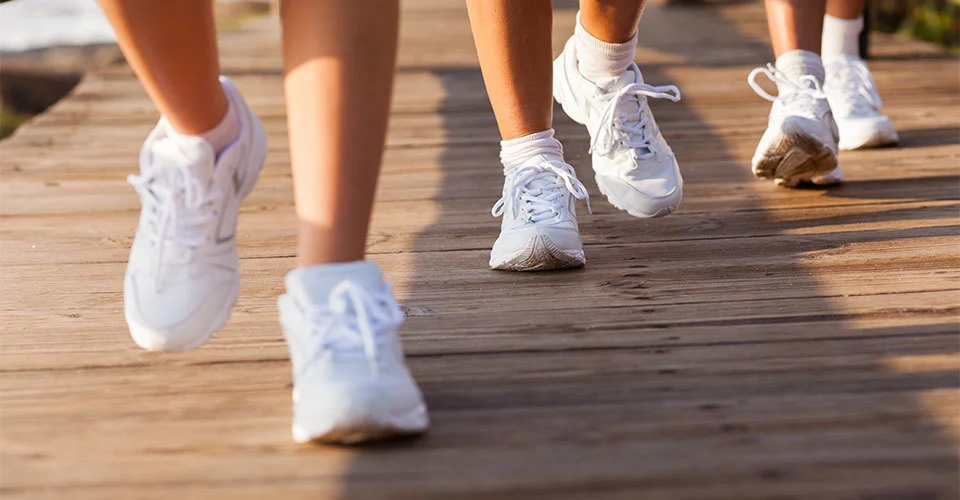Biomechanical podiatry in general terms involves the diagnosis and treatment of all lower limb and foot injuries, regardless of age, gender or activity.
A sports injury may be categorized as an acute injury or an overuse injury, depending on the cause of injury and the onset of symptoms.
When to seek treatment?
Most people have no idea whether or not they are running or functioning correctly, however, when an injury occurs they know they must do something about it. At Pioneer Podiatry, with the use of a computerised posture, balance and gait assessment we can quickly determine whether your foot and leg alignment and stability is sufficient for performing your particular activity.
What level of athletes can we help with?
To date, we have treated...
- World Champion Iron-women (Custom orthotics, ESWT for tendon injuries)
- QBL Championship Winning Basketball players (Custom orthotics for Achilles tendinopathy, plantar fasciitis, chronic ankle injuries)
- State League Netball players (ESWT for chronic Achilles tendinopathy, FMT for chronic ankle injuries)
- Ultramarathoners - up to 108-kilometre trail running events (Custom carbon fibre orthotics for lightweight in trail running shoes, chronic hamstring injuries)
- Hundreds of young school-aged athletes, playing soccer, football (rugby league and rugby union), hockey, netball, basketball, cricket, athletics, dance, martial arts, you name it!
- Thousands of adults training for fitness, fun, and friendship.
If you fit anywhere in this group of athletes or have patients that fit anywhere in this group and have foot or leg pain limiting you in any way,
we are here to help you!

